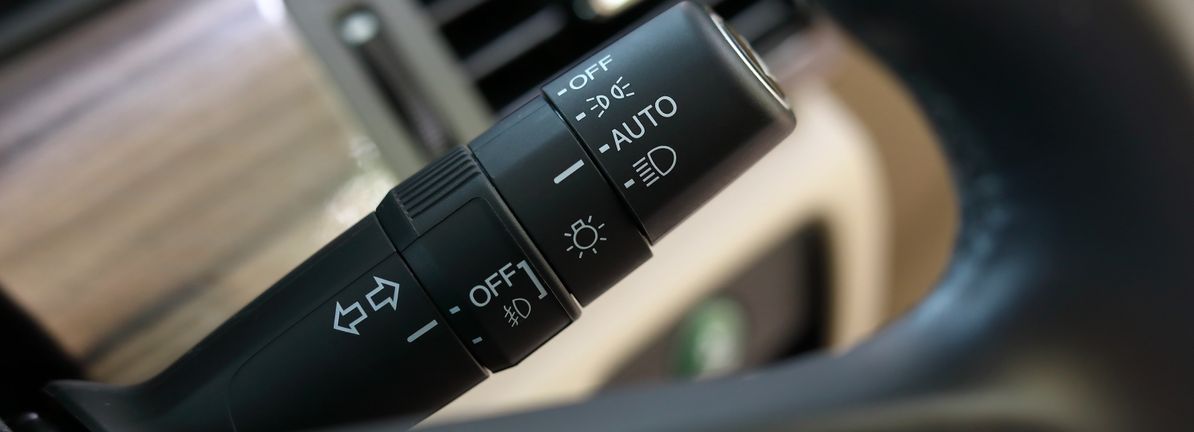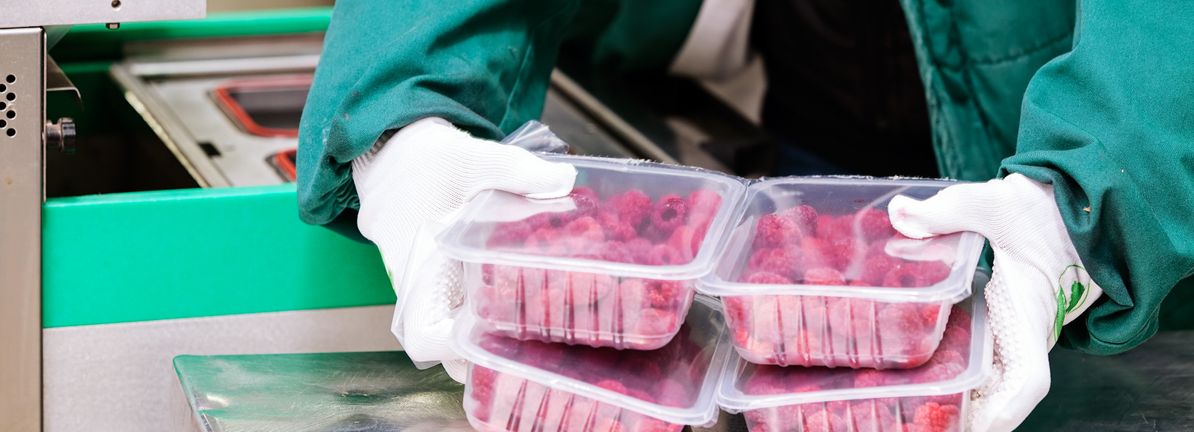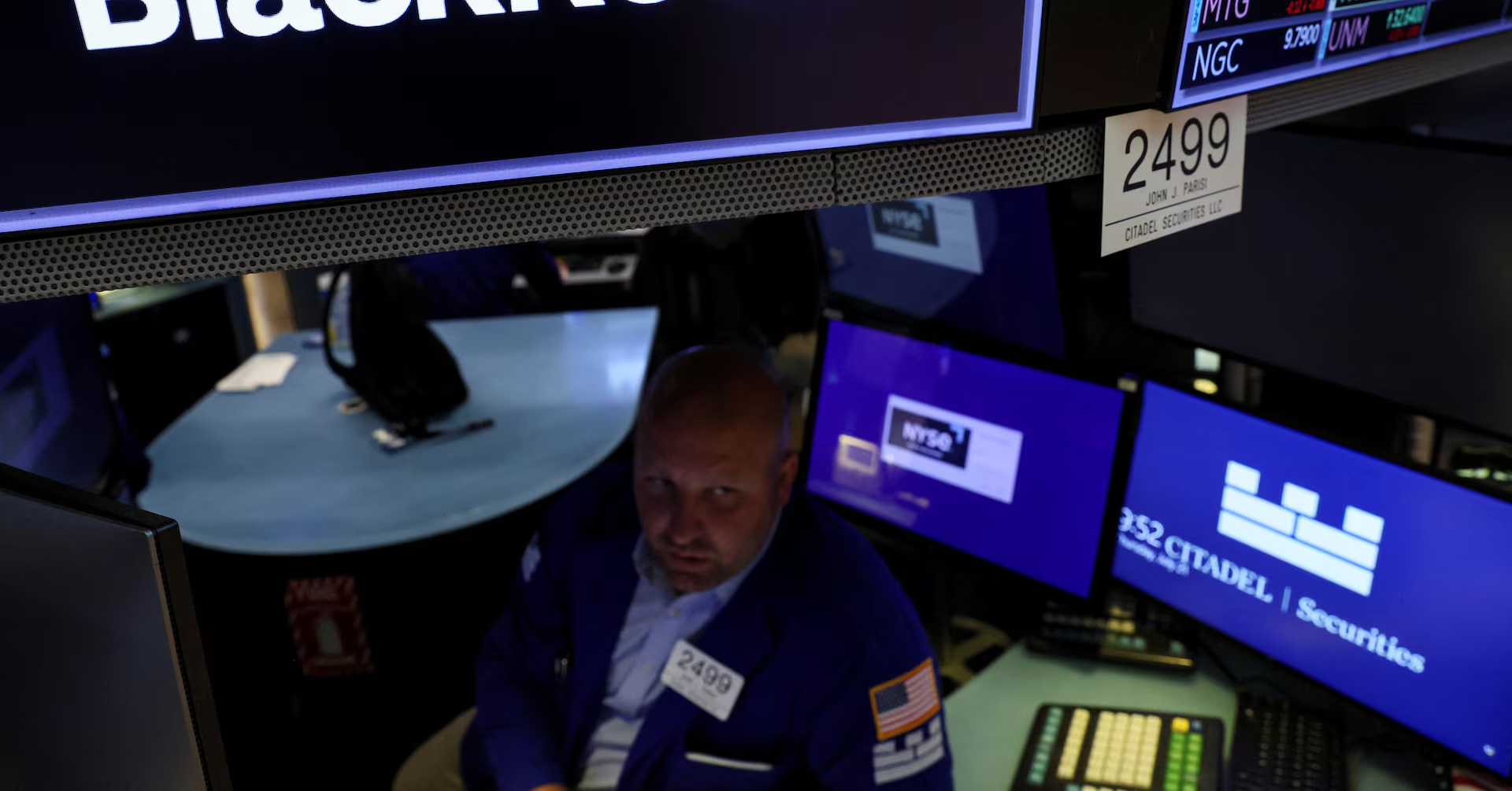-
CALB Group reported earnings results for the nine months ended September 30, 2025, posting sales and revenue of ¥28.54 billion compared to ¥19.04 billion in the prior year period, and net income rising to ¥684.6 million from ¥180.32 million.
-
This marks a very large year-over-year increase in both revenue and profit, reflecting the company’s robust operational momentum through the first three quarters of 2025.
-
We’ll examine how CALB Group’s substantial profit and revenue growth informs its current investment narrative for the remainder of the year.
Explore 27 top quantum computing companies leading the revolution in next-gen technology and shaping the future with breakthroughs in quantum algorithms, superconducting qubits, and cutting-edge research.
To be a shareholder in CALB Group right now, you’d want to believe in the staying power of the company’s momentum after a period of breakneck revenue and profit growth. The most recent earnings report showed another step change in both top and bottom lines, lending fresh support to growing confidence in CALB’s expansion in EV batteries and energy storage. This performance may ease near-term concerns about volatility and board changes, as stronger profits could enable more capital investment and buffer operational risks. Still, short term catalysts such as potential further dividend announcements or new commercial partnerships look more meaningful following these results. However, with an elevated P/E ratio and ongoing legal disputes, the bar for future results is higher than before. Whether these numbers can outshine litigation and competitive risks remains to be seen.
But, board turnover and litigation could matter for investors tracking stability and future profitability. Upon reviewing our latest valuation report, CALB Group’s share price might be too optimistic.
Two Simply Wall St Community members’ fair value estimates span from below CN¥1 to above CN¥31 per share. This broad range reflects strong differences in outlook, a reminder amid impressive recent profit growth that opinions about CALB’s risk profile and prospects are far from settled. You’ll find sharply different viewpoints across the community.
Explore 2 other fair value estimates on CALB Group – why the stock might be worth less than half the current price!
Disagree with this assessment? Create your own narrative in under 3 minutes – extraordinary investment returns rarely come from following the herd.








